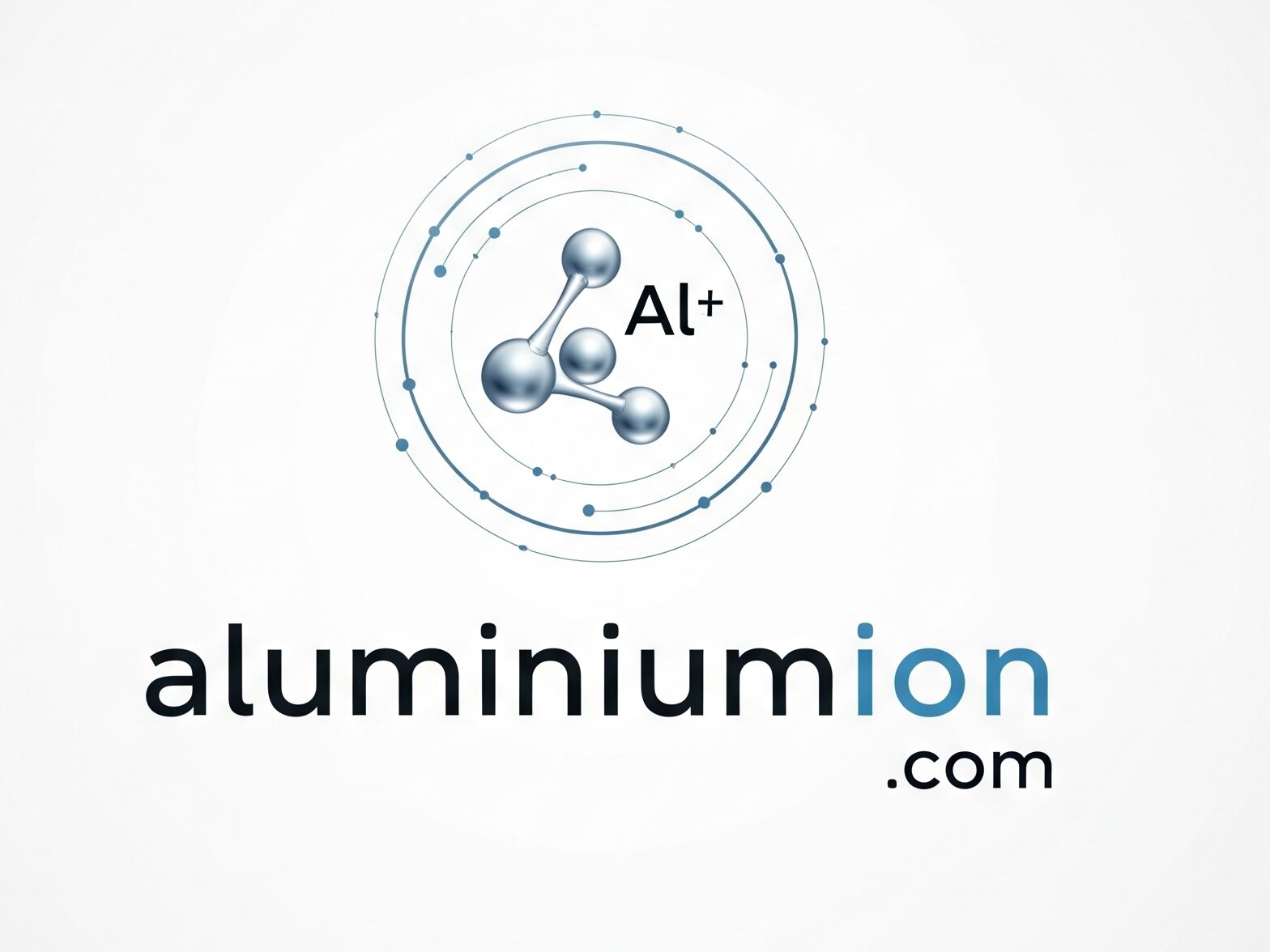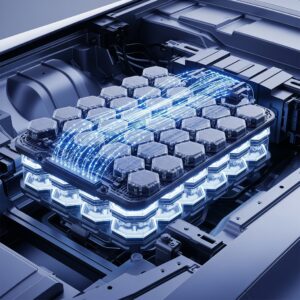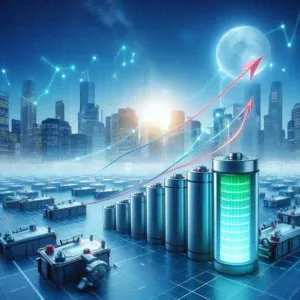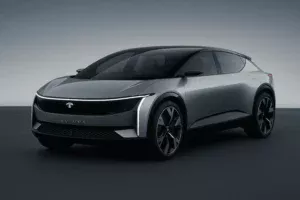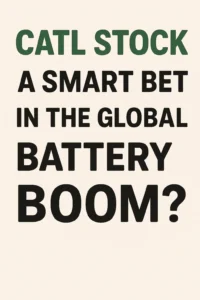Introduction
The global battery industry is buzzing as Tesla, NASA, and IIT Madras accelerate research on Aluminium-Ion batteries – a technology that could:
✔️ Reduce costs by 80% vs. lithium-ion
✔️ Offer 3x faster charging
✔️ Eliminate fire risks
✔️ Use abundant Indian raw materials
For Indian startups and investors, this isn’t just science – it’s a ₹10,000 crore opportunity by 2025.
How Aluminium-Ion Batteries Work
Key Advantages Over Lithium:
| Feature | Aluminium-Ion | Lithium-Ion |
|---|---|---|
| Raw Material Cost | ₹50/kg | ₹500/kg |
| Charging Speed | 5 minutes | 30 minutes |
| Safety | Non-flammable | Fire risk |
Source: IIT Madras Research Paper (2023)
2024 Breakthroughs You Can’t Ignore
- IIT Madras Commercialization
- Developed India’s first 100Wh/kg prototype (matching lithium performance)
- Partnering with Tata AutoComp for EV applications
- Global Developments
- NASA: Testing for Mars missions
- China: Built 1GWh production line
Why India Must Act Now
Government Support
- PLI Scheme: ₹18,100 crore subsidies for advanced battery tech
- Make in India: 30% import duty on lithium batteries
Startup Opportunities
- Recycling: 95% aluminium reusable vs. 50% lithium
- Rural Applications: Solar grids with longer-lasting storage
Free Expert Report
Want to capitalize on this trend? Download our “Aluminium-Ion Investment Guide 2025” (PDF):
Conclusion
While lithium dominates today, Aluminium-Ion’s cost, safety, and charging speed make it inevitable for India’s EV and renewable energy future. The question isn’t if but when – and smart businesses are positioning themselves now.
